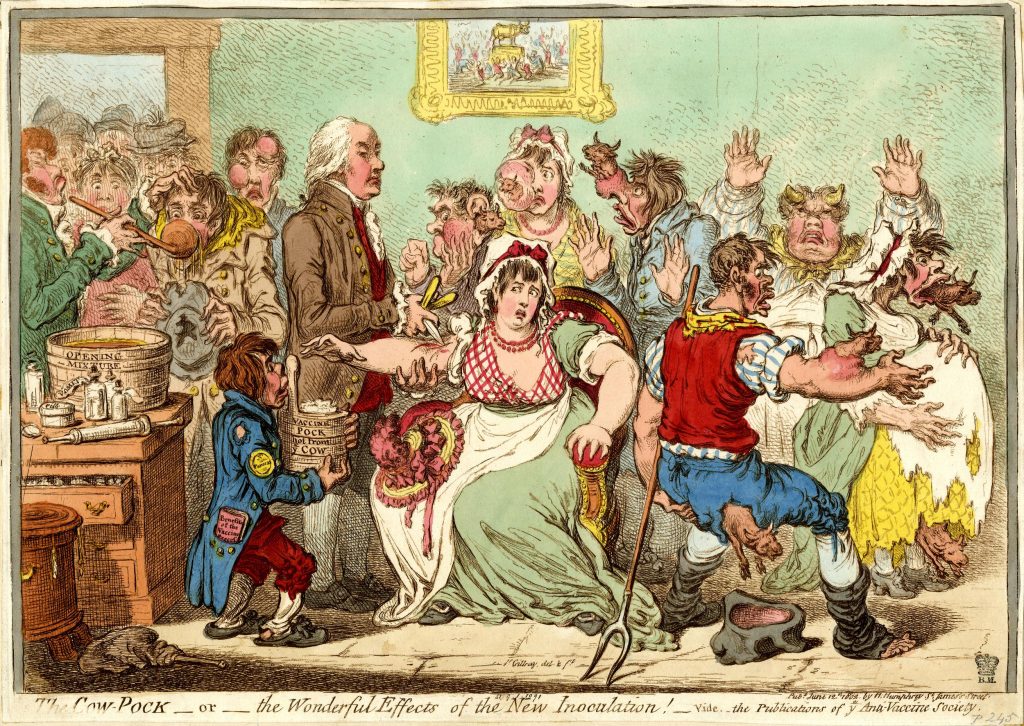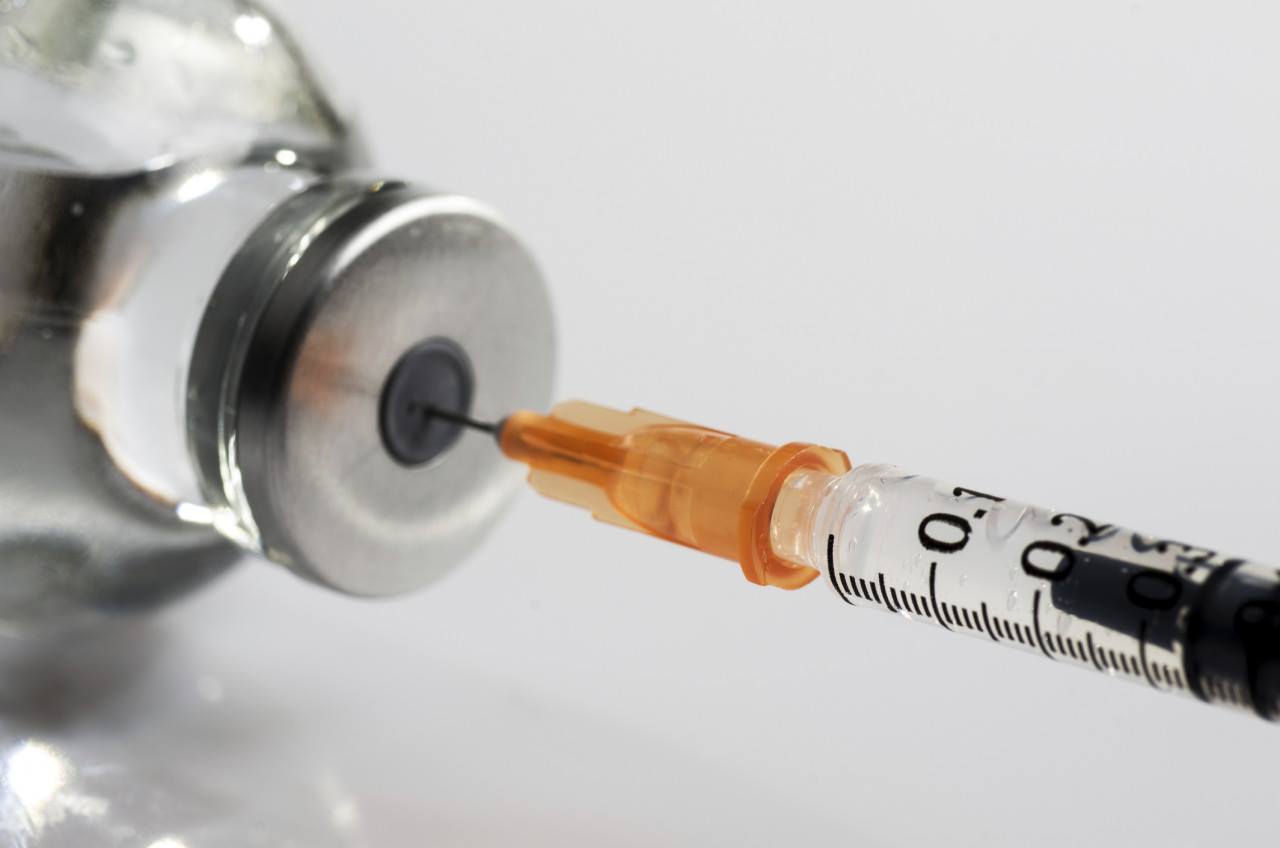Immunizations in American History
As concerns over the safety of vaccinations grow, history professor Katherine Unterman explains how immunizations have impacted Americans in the past.

By Tiarra Drisker ‘25

Immunizations have made an appearance throughout U.S. history in wars, schools, neighborhoods, and communities. So have fears, hesitations, and distrust of vaccines and immunizations.
Immunization mandates in the United States predate the American Constitution, and hesitations to receive immunizations date back even further.
Immunizations have made an appearance throughout U.S. history in wars, schools, neighborhoods, and communities. The first official immunization mandate was ordered by America’s first commander in chief George Washington. At the time, 90 percent of deaths among Continental regulars were caused by disease with the smallpox virus being the most vicious.
“In 1777, as commander in chief during the Revolutionary War, Washington ordered all soldiers in the Continental Army to be inoculated against smallpox through the variolation process,” Katherine Unterman, an associate professor in the Department of History, said. “There was an epidemic of smallpox in the military. Washington initially tried to contain it through quarantines, but those were too hard to enforce, so he gave the inoculation order.”
Inoculations at the time consisted of cutting a patient’s arm and inserting a smallpox scab into the cut. This process was called “variolation” and Americans learned it from enslaved Africans who had been practicing this process for hundreds of years.
Inoculation was widespread throughout Europe, so most British troops had already been inoculated for smallpox, an article on The Library of Congress website explained. In the colonies however, widespread fear of the potential contamination made mass inoculation an unpopular policy. In the end, the Continental Army saw isolated infections spring up among regulars after mandated immunizations, but none incapacitated a single regiment. Meanwhile, the disease devastated the Native American population and slaves who chose to fight for the British in exchange for freedom.
Later along the U.S. vaccine timeline in the late 1800s and early 1900s, various states and local communities issued smallpox vaccine mandates during outbreaks.
“In 1905, the Supreme Court ruled in the case of Jacobson v. Massachusetts that local laws requiring smallpox vaccination were permissible to protect the public health and safety of citizens,” Unterman said. People who did not comply received a monetary fine; they were not forcibly vaccinated.
Vaccines were also vital for the eradication of polio in the 1950s. At the time, there were more than 15,000 cases of paralysis from polio in the United States each year. After Jones Salk created a vaccine and conducted tests on its safety, the polio vaccine was made available to everyone.
“The last natural outbreak of smallpox occurred in the United States in 1949, and no one in the world has had smallpox since the 1970s,” Unterman explained. “No cases of polio have originated in the United States since 1979. That’s pretty strong evidence that the vaccines for these diseases have made our population safer.”
Knowing the history of vaccinations and immunizations in America can help citizens make more informed choices in the present and future.
“By learning about the history of pandemics and vaccines in the United States, we can better understand our society’s vulnerabilities and our possibilities for combating disease and misperceptions about diseases,” Unterman shared. “In this instance, studying history might actually save lives.”
